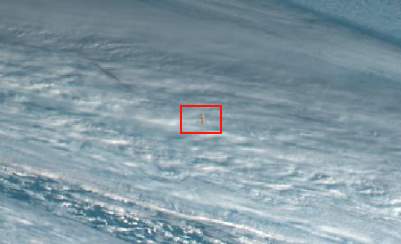The commander of Expedition 53 (the 53rd expedition to the International Space Station), NASA astronaut Randy “Komrade” Bresnik has published a breathtakingly beautiful video on his Twitter account. The video shows the International Space Station (ISS) night pass from Seattle down to Baja. What’s more, you can even see a meteor in the video, at the 30th second!
Bresnik wrote “Beautiful coastal lights from Seattle down to Baja – if you live on the west coast of North America you are probably in this video! Make a wish on the shooting star, seen in the upper right at about 30 seconds”.
What is a meteor?
If a meteoroid, a small rocky or metallic body in outer space, enters the Earth’s atmosphere and completely burns, then its called a meteor. Meteors typically become visible when they are about 100 km above sea level.
This phenomenon is also called “shooting star”, but it’s not a star at all. It’s just a piece of rock.
Astronomers call the brightest meteors “bolides”, and if it’s super bright, then it’s (you guessed it) superbolide.
If a meteor is big enough to not completely burn while passing through the atmosphere and reaches the surface of the Earth, then it becomes a meteorite.

Related: Meteorites do not fall to Earth
Sources
- Meteoroid on Wikipedia
- Meteorite on Wikipedia
- How Many Elephants are Left in the World in 2025? - August 17, 2025
- Moon Landings: All-Time List [1966-2025] - February 2, 2025
- What Is Max-Q and Why Is It Important During Rocket Launches? - January 16, 2025

